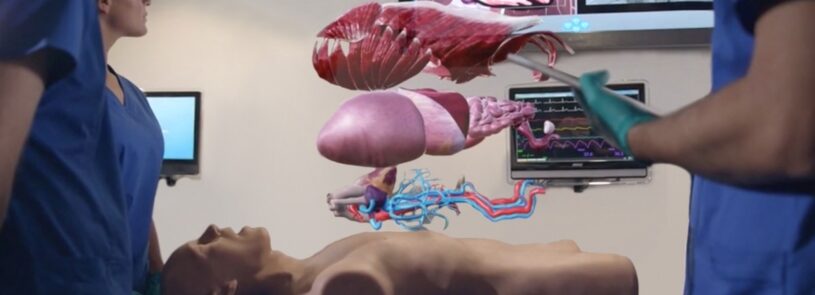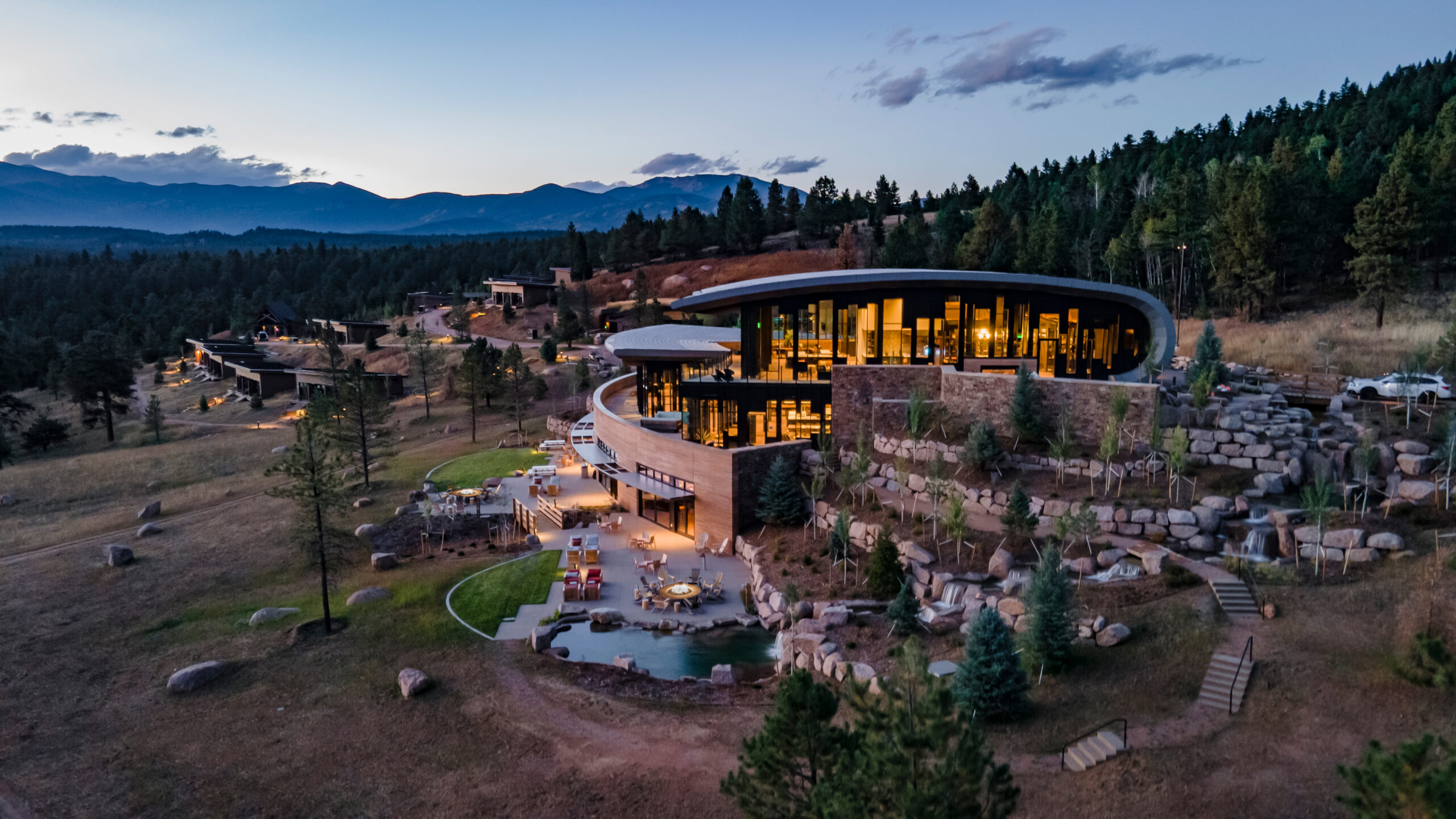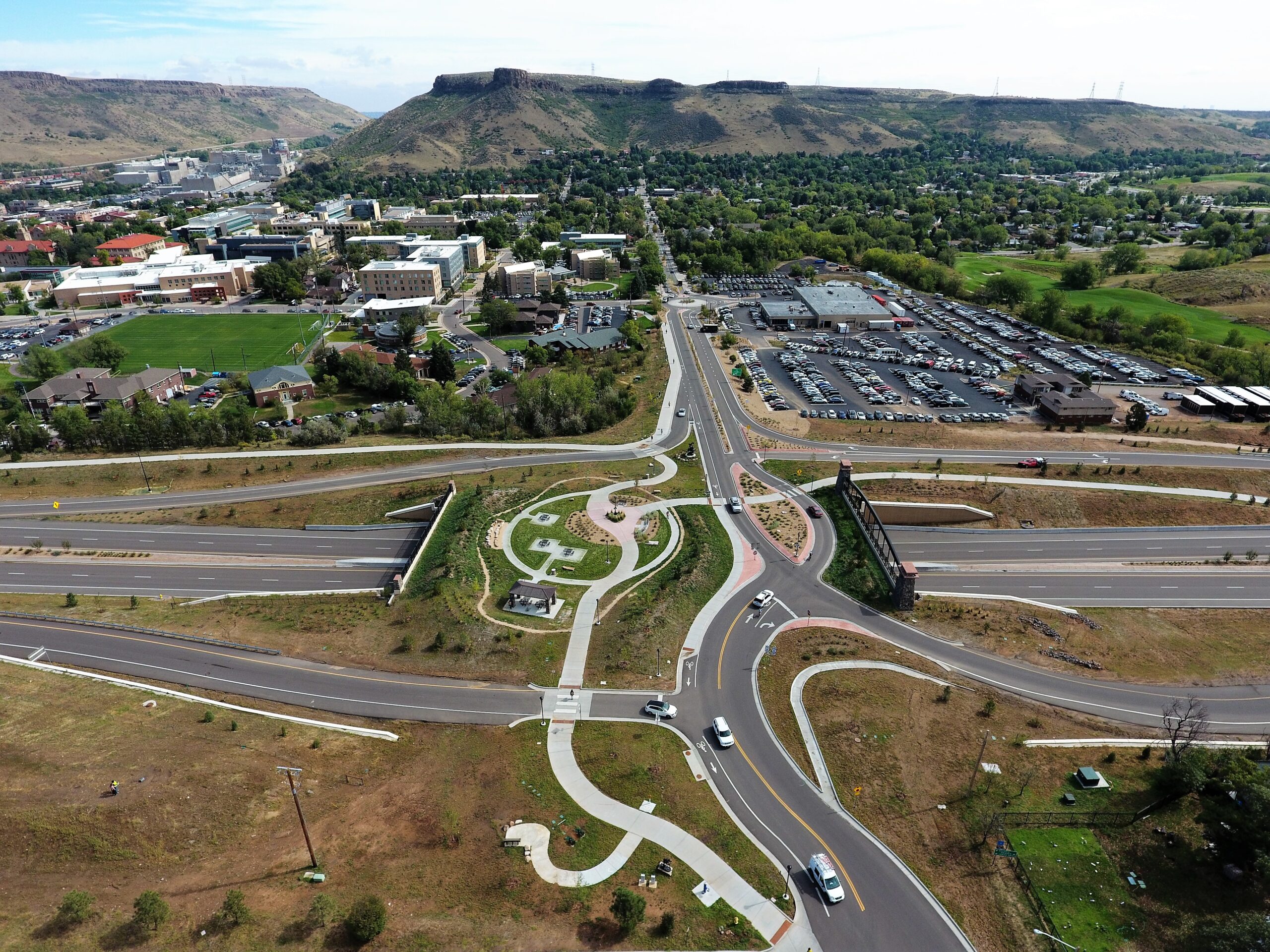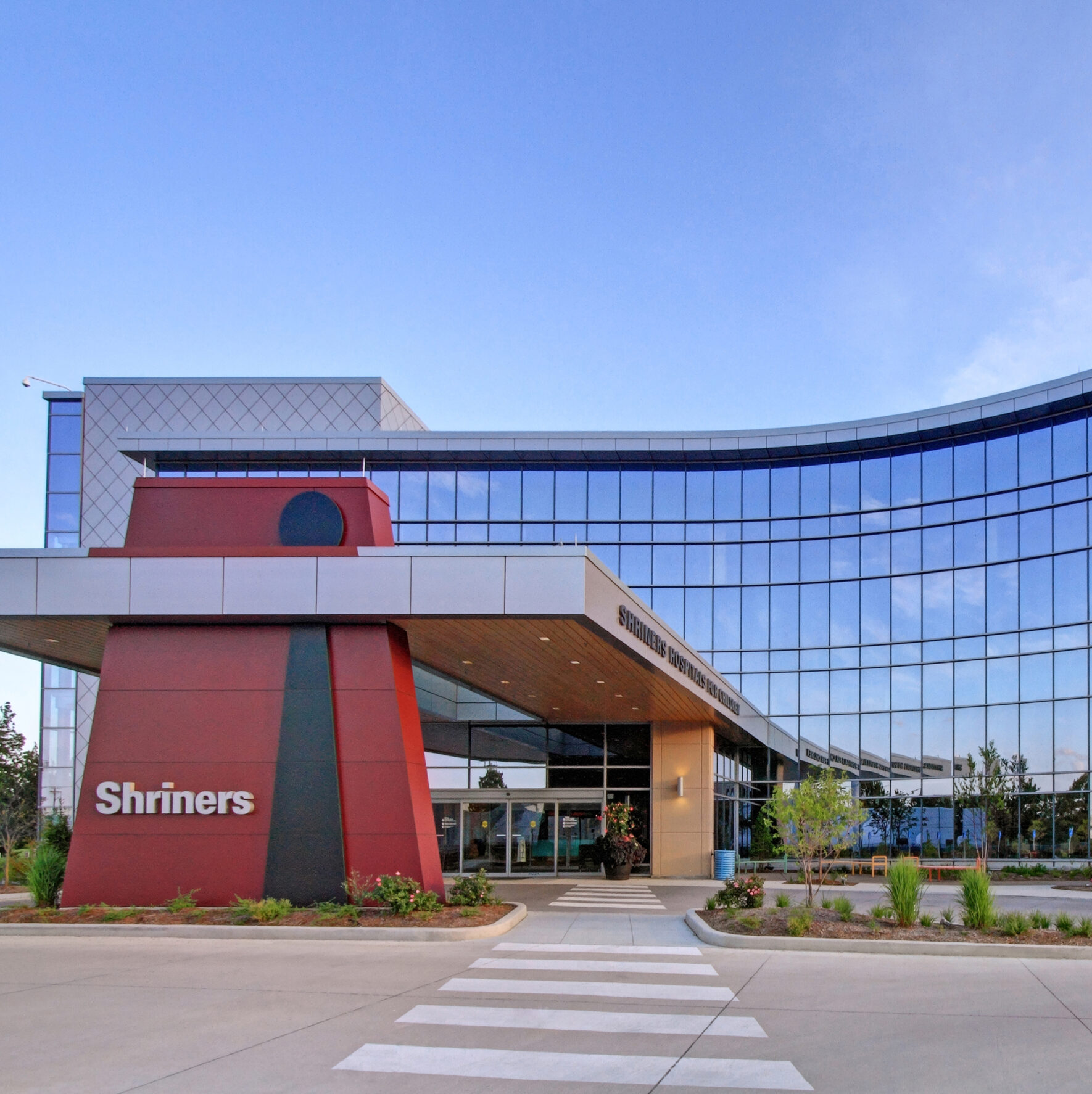A healthcare simulation technology consultant can save time, money, and headaches

By Jeff Burton
As the demand for skilled healthcare professionals continues to rise, healthcare simulation is playing an increasingly vital role in the skill development, compliance, and continuing education of the clinical workforce.
Healthcare simulation uses manikins and advanced technology like virtual and augmented reality (VR and AR) to mimic realistic situations for hands-on patient care training and testing. Students can practice the cognitive, technical, and behavioral competencies they need in a safe environment that provides personalized feedback in real time.
Interactive technologies, such as AR and VR, have become mainstream and healthcare simulation is rapidly evolving to take advantage of these innovations. As holographic, and AI-driven robotic applications also become more visible in the market, the fast-paced nature of technological advancements makes it challenging for institutions to stay up to date. In addition, choosing technology and equipment impacts a facility’s budget and resource allocation.
Successfully developing or renovating a healthcare simulation facility requires specialized knowledge — of space needs, infrastructure, technology integration, education curriculum, and user involvement — and an ability to build consensus of the goals and expectations of the project among all stakeholders. Master pre-planning and planning are key parts of the construction process, but rarely include healthcare simulation technology experts. Adding these experts to your team early can save time, money, and headaches.
A simulation technology consultant should be able to ensure the technology design in your facility is optimized for efficiency and is flexible for the future. They also should understand the infrastructure implications and end-user requirements of the products under consideration and help your IT department and end-users avoid costly mistakes and delays that may arise from neglecting to consider:
- Acoustics comfort and speech clarity
- Aligning the technology to the project’s vision and design
- Electrical requirements
- End-user input
- Instructional and audio-visual technologies that support collaboration and distance learning
- Integration requirements with existing teaching software applications/environments
- Lighting needs
- Potential infrastructure issues
- Training, adoption, and change management
A simulation technology consultant also should:
- Analyze the facilities pedagogy to help prioritize technology opportunities with learning objectives
- Recommend cybersecurity considerations for cloud-based solutions
- Recommend scalable power and data needs for the network
- Recommend space needs, workflow, and physical security requirements, including storage for AR/VR equipment, manikins, and other high-value simulation equipment
- Recommend the necessary space in the server room to provision a new server rack
By planning for the technology and user experience in advance but deferring equipment selection to later stages of the design process, you can access the latest software and best-in-class options, ensuring your investment delivers the greatest value for your facility and meets and exceeds the user experience. It also helps you avoid last-minute change orders when the technology has unforeseen infrastructure needs, or adoption issues when it is rolled out.
Healthcare simulation provides a safe environment for students and healthcare professionals to practice and refine their skills. It also allows for data collection and tracking to measure progress, mastery, and areas for improvement. A healthcare simulation technology consultant can guide you in selecting and implementing systems effectively, enabling the system to provide valuable insights into training outcomes and leading to better patient care.












